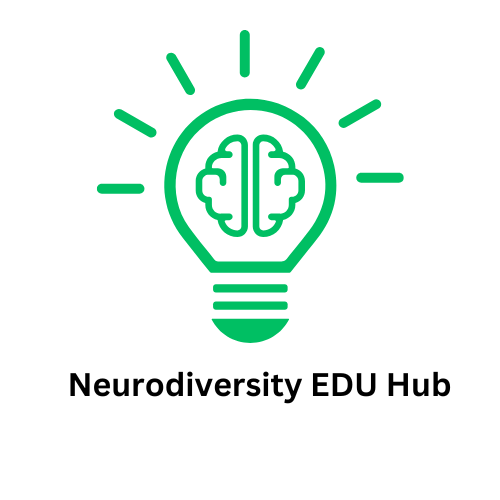
The Importance of Whole Group Instruction for Special Needs Students
Whole group instruction is vital for students in special education, particularly for those with autism. It serves as a foundational element that expands learning opportunities and helps transition students toward inclusive educational environments. Many educators, particularly behavior analysts, worry that focusing on whole group instruction may not be appropriate for students with unique learning needs. However, by implementing effective strategies, teachers can greatly improve engagement and outcome.
Understanding the Three Stages of Learning
Effective instruction encompasses three crucial phases: explicit instruction, generalization, and maintenance. Explicit instruction involves concentrated teaching with minimal distractions, ideal for introducing new concepts. Once students have grasped the material, generalization comes into play, allowing learners to use their skills in varied contexts, such as different environments, materials, and audiences. Finally, maintenance ensures that skills continue to be practiced over time. These stages are interrelated and essential for meaningful learning experiences.
5 Engaging Strategies for Whole Group Instruction
Delivering whole group instruction doesn’t solely rely on traditional teacher-led models. Here are five engaging strategies:
- Interactive Storytelling: Connect with students through narrative. Use stories that resonate with their experiences to maintain attention and encourage participation.
- Use of Visual Aids: Infographics, diagrams, and videos can help convey complex information in an engaging manner, catering to different learning styles present in the classroom.
- Collaboration with Peers: Peer interactions can heighten student engagement. Allowing students to work together during parts of the instruction fosters communication and skills development.
- Incorporate Movement: Movement breaks can keep students’ energy levels high. Integrating physical activity into lessons makes learning fun and increases retention.
- Utilize Technology: Educational apps and digital tools can capture students' interest, providing interactive and adaptive learning materials suited for diverse learning abilities.
The Future of Whole Group Instruction for Neurodiverse Learners
As the educational field continues to evolve, understanding the distinctive characteristics of neurodiverse learners will shape the future of whole group instruction. The emphasis on inclusion will drive innovation in teaching methodologies. Given the prevalence of awareness surrounding neurodiversity, teacher training programs are likely to adapt to prepare educators for diverse classrooms. Holistic teaching approaches that embrace both traditional and contemporary methods will emerge, allowing classrooms to be dynamic spaces where all students can thrive.
Conclusion: Making Every Moment Count
Whole group instruction in special education is not impossible, nor is it useless. By recognizing its vital role and employing engaging strategies, teachers can transform their classrooms into inclusive environments. Moreover, educators can capitalize on the future’s growing emphasis on neurodiversity to enhance their practices. In doing so, they support not only the learners but also contribute to fostering a more equitable educational experience.
For those looking to enhance their teaching strategies, take action today! Implement these tips into your lesson planning and witness the positive impact on your students.
 Add Row
Add Row  Add
Add 




Write A Comment